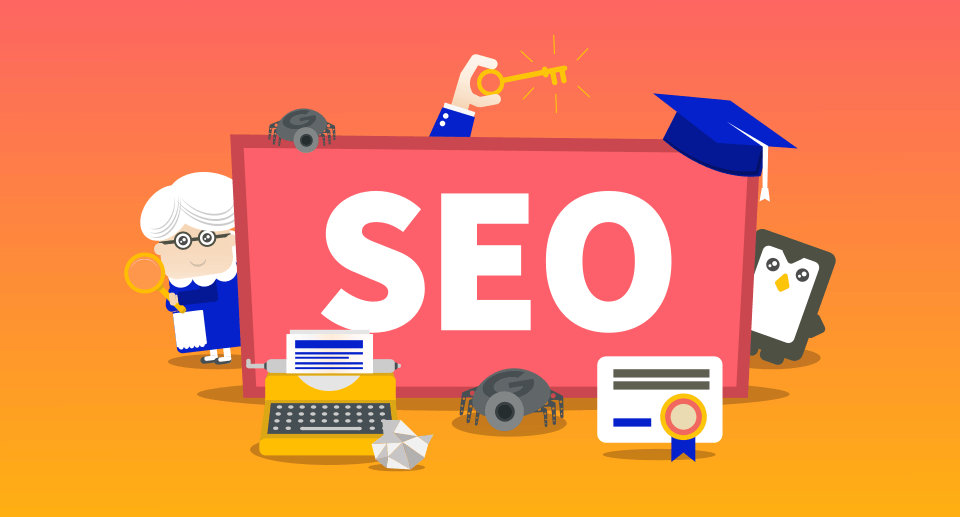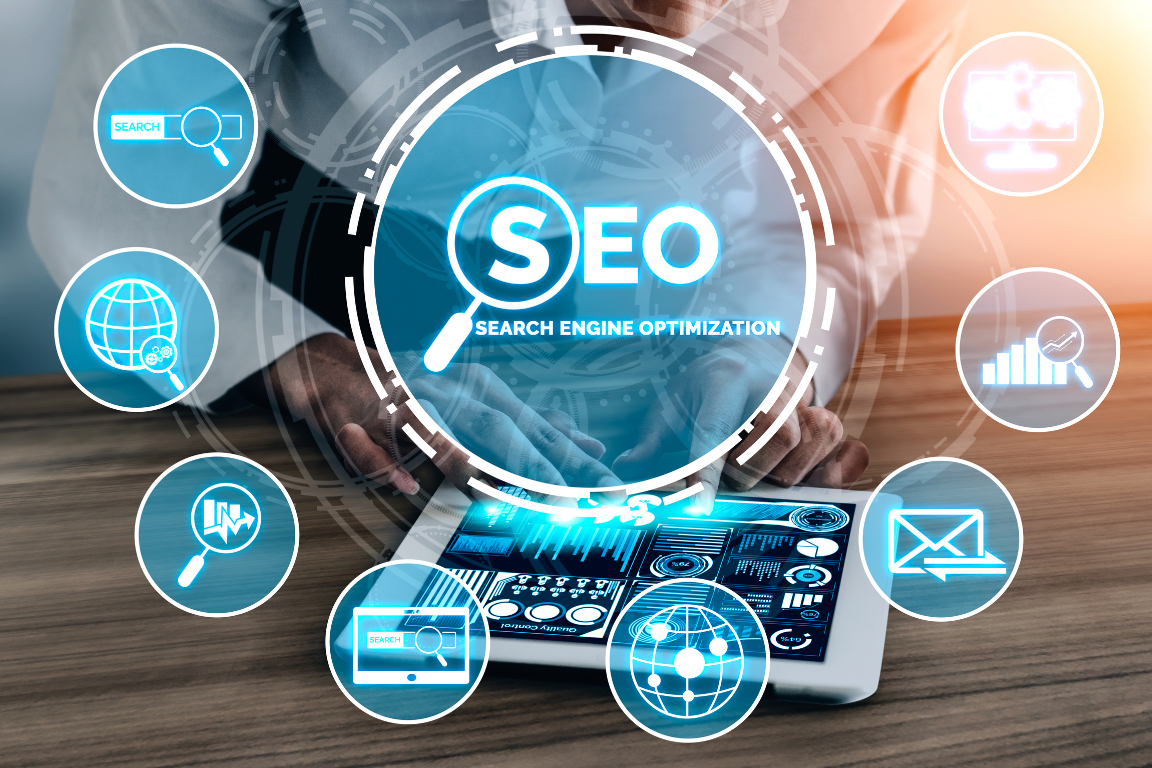In the ever-growing and competitive world of software-as-a-service, mastering SEO is crucial for attracting the right audience and converting them into loyal customers. SaaS websites have unique demands when it comes to search engine optimization, and on-page SEO plays a vital role in achieving strong online visibility and driving targeted traffic. This article explores essential on-page SEO best practices tailored specifically for SaaS businesses, with a particular focus on the keyword saas seo.
Why SaaS SEO Matters
Unlike traditional e-commerce or informational websites, SaaS websites are designed to showcase digital products that often require detailed explanations, demos, and trials. The challenge lies not only in attracting visitors but also in guiding them through the buying journey. This makes SEO for SaaS websites both an art and a science. Implementing solid on-page SEO tactics helps your website appear prominently in search engine results, engage potential users, and encourage conversions such as trial sign-ups or demo requests.
Keyword Research: The Starting Point
The foundation of successful saas seo lies in understanding how your potential customers search for software solutions. Keyword research is more than just finding popular search terms; it’s about uncovering the phrases your target audience uses when they look for answers, comparisons, or reviews of SaaS products. SaaS buyers tend to use long-tail keywords with specific intent, such as “best SaaS email marketing tool for startups” or “affordable cloud accounting software.” These longer, intent-driven phrases are less competitive and often lead to higher conversion rates.
When researching keywords, it’s important to cover various stages of the buyer journey — from educational terms that help users understand the problem, to transactional keywords indicating readiness to purchase. Including the keyword saas seo naturally within your content strategy will improve your chances of ranking for industry-relevant searches.
Crafting Effective Titles and Meta Descriptions
The title tag and meta description are often the first interaction a potential visitor has with your website in the search results. These elements should be optimized to include primary keywords like saas seo while remaining concise and compelling. A well-crafted title not only improves your site’s relevance in search engines but also encourages users to click through. Similarly, meta descriptions should clearly communicate the value of your page content and invite users to learn more.
Avoid generic titles or duplicate meta descriptions across multiple pages, as this can harm your SEO performance. Instead, make each page’s metadata unique and aligned with the content it represents.
More information on https://fortunatos.io/blog/saas-seo/

URLs and Site Structure: Building a User-Friendly Framework
Search engines favor websites that are easy to crawl and navigate. For SaaS websites, having clean, keyword-rich URLs can improve both search rankings and user experience. For example, a URL like yourdomain.com/saas-seo-best-practices clearly indicates the page’s topic, making it easier for search engines to understand your content.
Besides URLs, the overall site architecture should reflect logical groupings of related content. Organizing pages into categories and subcategories helps users find relevant information quickly and allows search engines to index your site more effectively. Including breadcrumbs can further enhance navigation, giving visitors a clear path back to higher-level pages.
Content That Speaks to Your Audience
High-quality content is the backbone of effective saas seo. For SaaS businesses, this means producing materials that not only explain your software’s features but also address your customers’ pain points and industry challenges. Content should be clear, educational, and actionable, helping prospects understand how your product solves their problems.
Integrating the keyword saas seo naturally throughout your content—including in headers, body text, and image alt attributes—ensures your pages are optimized without sounding forced. Regularly updating your content to reflect new features, industry trends, or customer feedback keeps your site fresh and authoritative.
Structuring Your Content with Headers
Headers play a critical role in organizing content for readers and search engines alike. Using a single H1 tag per page that includes your main keyword helps signal the primary topic of the page. Subheadings (H2, H3) break down complex information into digestible sections and provide additional opportunities to use related keywords, including saas seo.
Well-structured content with clear headers improves readability and keeps visitors engaged, which can indirectly benefit your search rankings.
Internal Linking: Guiding Visitors and Distributing Authority
An often overlooked but powerful SEO tactic is internal linking. By linking to other relevant pages within your SaaS website, you help search engines understand the relationships between your pages and distribute ranking power throughout the site. Thoughtful internal linking using descriptive anchor text, which can include variations of saas seo, guides visitors to related resources, such as blog posts, product pages, or case studies, keeping them engaged longer and increasing conversion opportunities.
Image Optimization and Multimedia Use
Visual content can enhance the user experience and help explain complex software features more effectively. However, images and videos must be optimized for SEO to prevent slowing down your website or missing out on ranking opportunities.
Always provide descriptive alt text for images that naturally include relevant keywords, including saas seo when appropriate. Properly sized and compressed images improve page load speeds, a critical factor for both SEO and user satisfaction. Embedding videos related to your SaaS product can increase time-on-page and provide additional content for search engines to index.

Mobile Optimization and Site Speed
Since Google has shifted to mobile-first indexing, ensuring your SaaS website is fully responsive across all devices is non-negotiable. A mobile-friendly site not only ranks better but also provides a seamless experience for users accessing your service from smartphones or tablets.
Page speed is another major ranking factor. Optimizing images, leveraging browser caching, minimizing code, and using content delivery networks (CDNs) all contribute to faster load times. A slow website frustrates visitors and leads to higher bounce rates, negatively impacting your SEO performance.
User Experience and Engagement
Google’s algorithms increasingly reward websites that provide an excellent user experience. This means your SaaS website should have intuitive navigation, clear calls to action, and easily readable typography. Engaging interactive elements such as live chat, product demos, or calculators can boost visitor interaction, increasing the likelihood of conversion.
A well-designed user experience aligns perfectly with on-page SEO objectives by keeping visitors on your site longer and encouraging them to explore more pages.
Technical SEO Essentials
Though technically considered part of off-page or technical SEO, elements such as schema markup, canonical tags, and XML sitemaps impact your on-page SEO efforts. Using structured data markup enables your SaaS website to appear with rich snippets in search results, which can improve click-through rates.
Canonical tags prevent duplicate content issues, ensuring search engines index the preferred version of your pages. Maintaining an up-to-date XML sitemap helps search engines crawl your website efficiently, while a well-configured robots.txt file controls indexing access.
Conclusion
Implementing effective on-page SEO strategies is fundamental for SaaS companies aiming to stand out in a crowded market. From strategic keyword research centered around saas seo to optimized titles, engaging content, and superior user experience, every element contributes to higher rankings and increased conversions. Remember, SEO is an ongoing process that requires regular analysis and adjustment to stay ahead of competitors and adapt to evolving search engine algorithms.
Master these on-page SEO best practices, and your SaaS website will be well-positioned to attract qualified traffic, educate prospects, and convert them into loyal customers.





